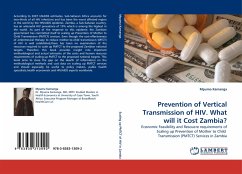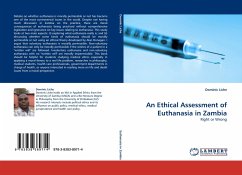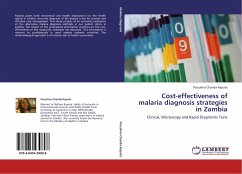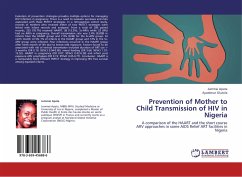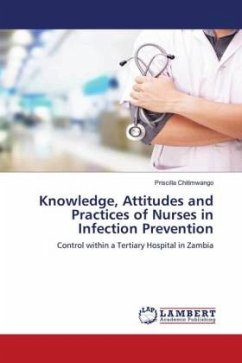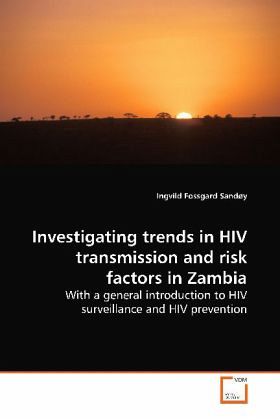
Investigating trends in HIV transmission and risk factors in Zambia
With a general introduction to HIV surveillance and HIV prevention
Versandkostenfrei!
Versandfertig in 6-10 Tagen
52,99 €
inkl. MwSt.

PAYBACK Punkte
26 °P sammeln!
Higher socioeconomic status was associated with having more sexual partners before the HIV epidemic in Africa, and early surveys showed higher levels of HIV prevalence among wealthy and educated people. This book examines trends in HIV prevalence and risky sexual behaviours in Zambia since the mid 1990s. Population-based data reveal a shift towards safer sexual behaviour with a decrease in the proportion reporting multiple or concurrent partners and an increase in condom use with casual partners. The changes are clearest among young urban people with more than secondary education. The same gro...
Higher socioeconomic status was associated with
having more sexual partners before the HIV epidemic
in Africa, and early surveys showed higher levels of
HIV prevalence among wealthy and educated people.
This book examines trends in HIV prevalence and
risky sexual behaviours in Zambia since the mid
1990s. Population-based data reveal a shift towards
safer sexual behaviour with a decrease in the
proportion reporting multiple or concurrent partners
and an increase in condom use with casual partners.
The changes are clearest among young urban people
with more than secondary education. The same group
also appears with the most marked decline in HIV
prevalence, both in population-based surveys and in
surveillance using pregnant women. These consistent
trends are likely to be signs of real behaviour
changes that have contributed to a decline in
incidence of HIV infection. However, data from
antenatal clinics indicate that there are diverging
trends in different geographical areas. This could
be a sign of differences in the effectiveness of HIV
prevention, and highlights the critical importance
of further strengthening HIV prevention.
having more sexual partners before the HIV epidemic
in Africa, and early surveys showed higher levels of
HIV prevalence among wealthy and educated people.
This book examines trends in HIV prevalence and
risky sexual behaviours in Zambia since the mid
1990s. Population-based data reveal a shift towards
safer sexual behaviour with a decrease in the
proportion reporting multiple or concurrent partners
and an increase in condom use with casual partners.
The changes are clearest among young urban people
with more than secondary education. The same group
also appears with the most marked decline in HIV
prevalence, both in population-based surveys and in
surveillance using pregnant women. These consistent
trends are likely to be signs of real behaviour
changes that have contributed to a decline in
incidence of HIV infection. However, data from
antenatal clinics indicate that there are diverging
trends in different geographical areas. This could
be a sign of differences in the effectiveness of HIV
prevention, and highlights the critical importance
of further strengthening HIV prevention.



